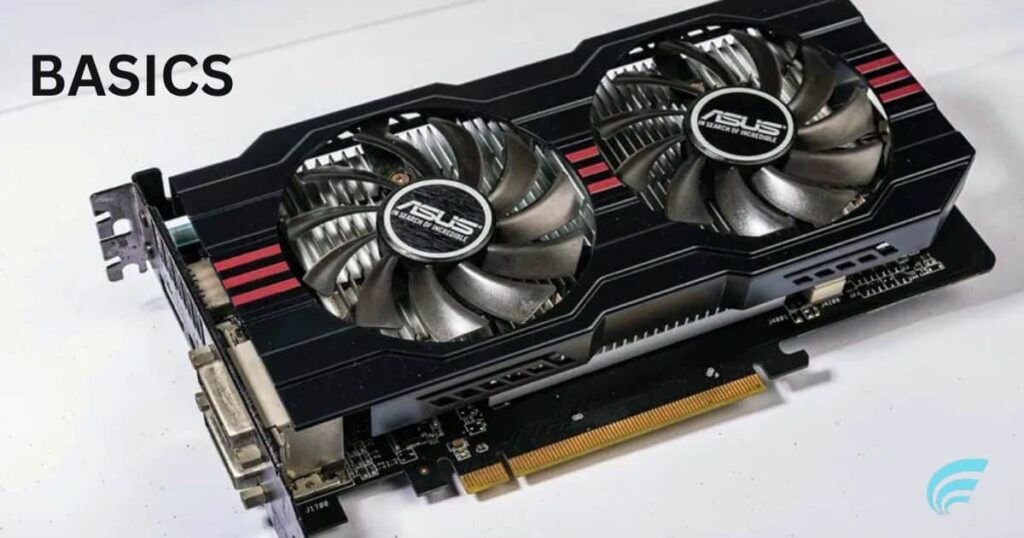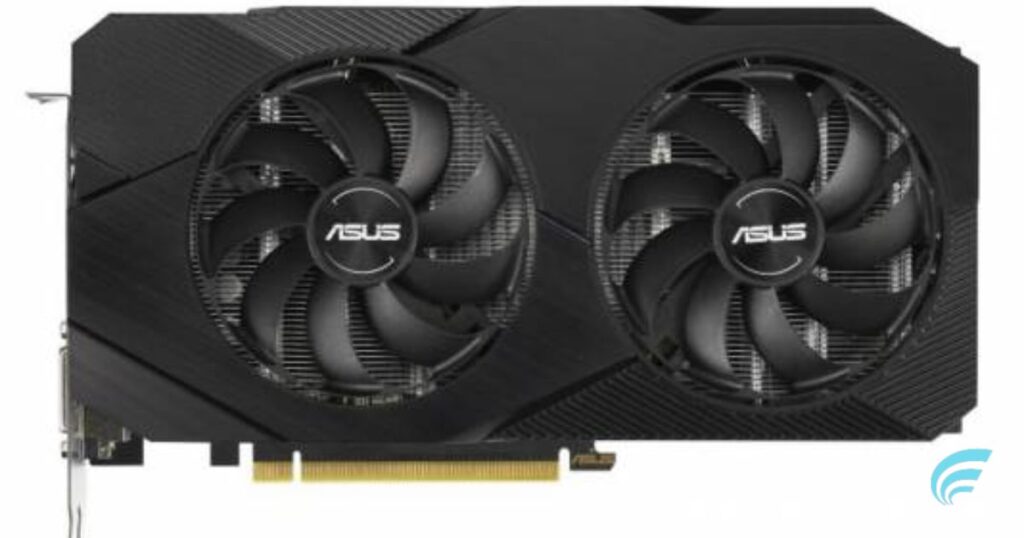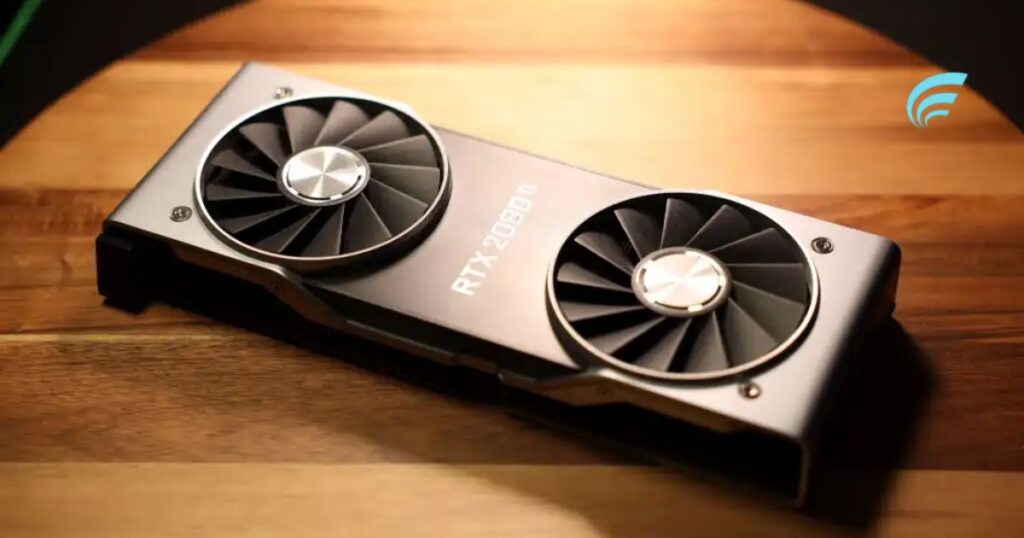Graphic cards play a crucial role in enhancing a computer’s performance, especially for tasks like gaming and graphic design. Installing two graphic cards, often termed as SLI (for NVIDIA) or CrossFire (for AMD), can further boost a computer’s graphical capabilities. However, this process requires careful setup to ensure optimal performance.
Ever thought about doubling your computer’s graphical power? Installing two graphic cards might just be the answer. Dive into this guide to discover how you can elevate your computer’s performance to new heights.
Modern computing demands advanced graphical capabilities. As games become more intricate and software more demanding, the need for enhanced graphics intensifies. One method to achieve superior graphical prowess is by installing two graphic cards. While it sounds complex, with the right guidance, even beginners can navigate this process smoothly. This article elucidates the step-by-step procedure, ensuring a seamless installation experience.
Basics Of Graphic Cards

Before diving into the installation procedure, it’s essential to familiarize oneself with the basics. Two primary technologies facilitate the installation of dual graphic cards: NVIDIA’s SLI (Scalable Link Interface) and AMD’s CrossFire.
- NVIDIA’s SLI: NVIDIA’s SLI technology enables users to link multiple GPUs (Graphics Processing Units) for improved performance. By synchronizing the output of two or more NVIDIA graphic cards, SLI enhances graphical rendering, ensuring smoother visuals and faster frame rates in supported applications.
- AMD’s CrossFire: Similarly, AMD’s CrossFire technology allows users to harness the combined power of multiple AMD graphic cards. By connecting compatible AMD GPUs, CrossFire optimizes graphical performance, offering an immersive experience in gaming and graphic design tasks.
Determine The Compatibility
Before proceeding with the installation, it’s crucial to verify compatibility between the graphic cards and the motherboard. Here’s how you can ensure a seamless integration:
- Motherboard Compatibility:
- Check the motherboard’s specifications to determine its support for multiple graphic cards.
- Look for PCIe (Peripheral Component Interconnect Express) slots designed for GPU installation.
- Ensure the motherboard’s chipset supports SLI or CrossFire, depending on the graphic card technology.
- Graphic Card Compatibility:
- Confirm that both graphic cards are of the same model and series for optimal performance.
- Check for SLI or CrossFire compatibility labels on the graphic cards.
- Ensure adequate power supply capacity to support both graphic cards.
Preparing For Installation

With compatibility confirmed, the next step involves preparing the system for installation. Here’s a systematic approach:
- Update System Drivers:
- Ensure the computer’s operating system is up-to-date.
- Download the latest drivers for the graphic cards from the respective manufacturer’s website.
- Install the drivers, following the on-screen instructions, to ensure compatibility and performance optimization.
- Inspect the PCIe Slots:
- Open the computer’s casing to access the motherboard.
- Identify the available PCIe slots for graphic card installation.
- Ensure sufficient space between the slots to accommodate both graphic cards.
Installing The Graphic Cards
With preparations complete, it’s time to proceed with the installation:
- Positioning the Cards:
- Gently insert the first graphic card into the designated PCIe slot.
- Secure the card using the retention mechanism or screws provided.
- Repeat the process for the second graphic card, ensuring equal spacing between the two.
- Connecting Power Supply:
- Locate the power connectors on each graphic card.
- Connect the appropriate power cables from the power supply unit (PSU) to the graphic cards.
- Ensure a secure connection to provide adequate power to both cards.
- Linking the Cards (SLI/CrossFire Bridge):
- If using NVIDIA’s SLI, connect the SLI bridge between the two graphic cards.
- For AMD’s CrossFire, use the CrossFire bridge to establish a connection between the cards.
- Ensure the bridge is securely attached to both cards, facilitating data transfer and synchronization.
Ways To Configure It’s System

Upon successful installation, configuring the system ensures optimal performance:
- Accessing Graphic Card Settings:
- Open the graphics control panel from the desktop or system tray.
- Navigate to the SLI or CrossFire settings, depending on the technology used.
- Enable SLI or CrossFire to synchronize the graphic cards and optimize performance.
- Testing Performance:
- Run graphic-intensive applications or games to assess the performance.
- Monitor frame rates, graphical rendering, and overall system responsiveness.
- Adjust settings as necessary to achieve desired performance levels.
FAQ’s
Can you use 2 GPUs at once?
A second graphics card (GPU) can be added but only some programs can use it. Most likely the second card can only show things on a second monitor when plugged into its ports. Software may not let both cards work together for better performance.
How do I run a SLI graphics card?
Put in the driver for the graphics cards. Right click the desktop and pick NVIDIA Control Panel. Choose Set SLI Configuration from the window. Tap Enable SLI and select where to see content rendered using both cards together. This will let them work as one faster card.
How do I switch between two graphics cards?
Go to 3D Settings and pick Manage 3D Settings. Choose the program from the list. Pick which card to use for it in the next list – the regular card or integrated one. The integrated option uses the onboard graphics instead of the added card.
How to connect 2 GTX 1080?
To set up 2-way SLI, put a second GTX 1080 graphics card in the outer PCIe slot far from the CPU. Use the included SLI bridge to connect the two cards together physically. This lets them work as a team to be faster.
Why would you run 2 graphics cards at once?
Putting in two or more graphics cards lets your computer split tasks between them. This means it can handle more data at once. So you can play games at very high resolution like 4K with lots of frames per second. To do that well requires at least a mid-range newer card like a 3060 Ti or 2080 Super.
Final Thoughts
How To Install 2 Graphic Cards? Installing two graphic cards offers a promising avenue to enhance a computer’s graphical capabilities. By understanding the basics, ensuring compatibility, and following a systematic installation process, even beginners can embark on this journey with confidence. As technology continues to advance, embracing innovations like dual graphic card setups empowers users to explore new horizons in gaming, graphic design, and multimedia experiences.











